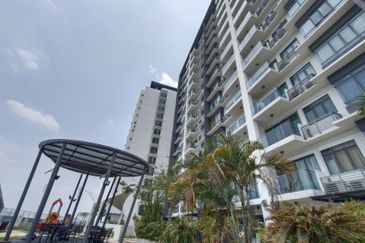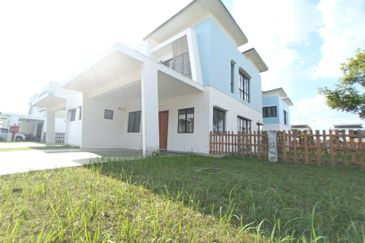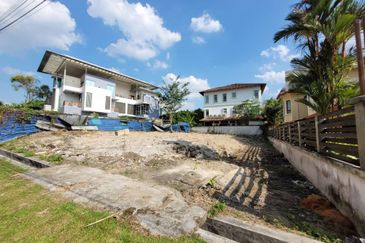
KUALA LUMPUR (Sept 29): Malaysia’s overall household debt-to-gross domestic product (GDP) ratio improved to 89.6% at end-June 2021 from 93.2% at end-December last year, but remained elevated amid the sluggish recovery in nominal GDP, said Bank Negara Malaysia (BNM).
The central bank said household debt growth was broadly sustained as at end-June 2021, expanding by 5.5% over the same period last year even as more borrowers resumed payments on their loans after exiting from loan moratoria.
Quarter-on-quarter trends, however, revealed that household debt growth moderated during this period as the strong response to various home ownership and car purchase incentives rolled out in the second half of 2020 (2H20) tapered off.
Personal financing and credit card loans also declined as movement restrictions weighed on consumer spending, BNM said in its Financial Stability Review report for 1H21 released on Wednesday.
At the aggregate level, there is little sign of a sharp deleveraging by households, suggesting that many households continue to have the financial capacity to take on new debt.
Bank lending to households also held steady at 5.2% year-on-year (y-o-y) growth in June 2021 compared with 5% y-o-y growth in December 2020, particularly for secured loans, amid a more cautious outlook on credit risk.
Around 70% of new banking system disbursements in 1H21 continued to be channelled to middle- and high-income borrowers who have greater capacity to take on new debt, with 40% and 20% of total new disbursements going towards the purchase of residential properties and cars, respectively.
Importantly, lending continued to be underpinned by sound underwriting standards, with the debt service ratios of newly-approved and outstanding household loans maintained at a prudent level of 41% and 35% (December 2020: 43% and 35%), respectively.
Similarly, the share of borrowers with a debt service ratio above 60% has remained at around a quarter (24%) of total household borrowers (December 2020: 25%).
BNM said a significant proportion (66%) of the debt held by these borrowers are associated with the middle- and high-income groups who are more likely to be able to withstand financial shocks.
Risks in the household sector are confined to a small but deeply stressed segment
Household financial assets registered an annual growth of 5.4% in June 2021 compared with a 7.2% growth in December 2020. However, in level terms, aggregate financial assets declined by RM3 billion between December 2020 and June 2021, mainly driven by overall retirement savings, which were significantly lower due to the i-Sinar and i-Lestari programmes.
BNM noted that over the longer term, the drawdown of such savings could compound future difficulties for some households that are already likely to have insufficient savings for retirement.
“In the short term, however, the flexibility provided for households to withdraw their retirement savings early has provided an additional source of funds to help them tide over current financial strains,” it said.
Nevertheless, conservative simulations by the central bank suggest that the share of borrowers that would have to draw on pre-existing savings to meet their debt obligations and living expenses over the next 18 months in the event of assumed income and unemployment shocks is likely to be relatively modest, at between 11% and 15% of borrowers.
Of these borrowers, those who are more likely to deplete their cash or deposit buffers, and are thus most at risk, is estimated to form a much smaller share (1.9%) of household borrowers.
According to BNM, about two-thirds (65%) of such at-risk borrowers comprise those earning less than RM5,000 monthly who were also more highly leveraged compared with other income groups pre-Covid-19.
Exposures of banks to these most vulnerable borrowers are estimated to account for only 1.3% of banking system loans.
“Most household borrowers therefore appear to have sufficient financial buffers and remain reasonably resilient, with policy assistance measures providing additional reserves against potential shocks.
“This is also a reflection of more robust affordability assessments conducted by banks over the years following the implementation of responsible lending standards by the bank in 2012,” it said.
Get the latest news @ www.EdgeProp.my
Subscribe to our Telegram channel for the latest stories and updates
TOP PICKS BY EDGEPROP

Bandar Puncak Alam
Bandar Puncak Alam, Selangor

Bandar Botanic
Bandar Botanic/Bandar Bukit Tinggi, Selangor

Fraser Business Park
Sungai Besi, Kuala Lumpur


















hero.jpg?GPem8xdIFjEDnmfAHjnS.4wbzvW8BrWw)



